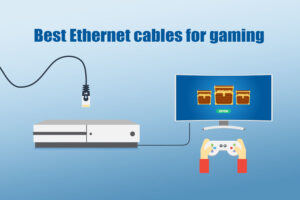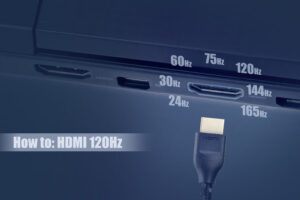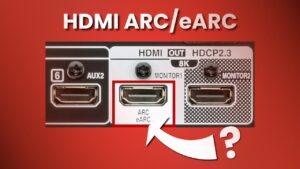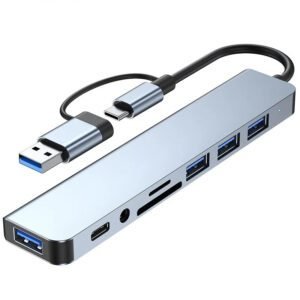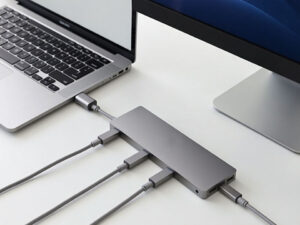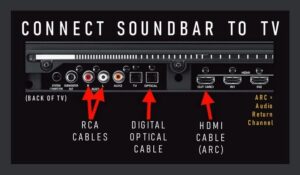
USB-C vs Thunderbolt: A Clear Guide to Ports
Introduction: Why Understanding These Ports Matters In today’s tech-driven world, USB-C and Thunderbolt ports are everywhere—on laptops, smartphones, monitors, and chargers. While they look identical, their capabilities vary wildly. Choosing the wrong port can lead to sluggish data transfers, inefficient charging, or even device incompatibility! 🔑 Key Insight: USB-C is a physical port shape, while Thunderbolt is a high-speed data protocol (both use the same port). USB-C: The Universal Connector What Is USB-C? Physical Design: Reversible oval-shaped port (no more “wrong side up” frustration!). Versatility: Supports data transfer, charging (up to 240W), and video output (e.g., 4K/60Hz). Speed Variations: Ranges from USB 2.0 (480 Mbps)

